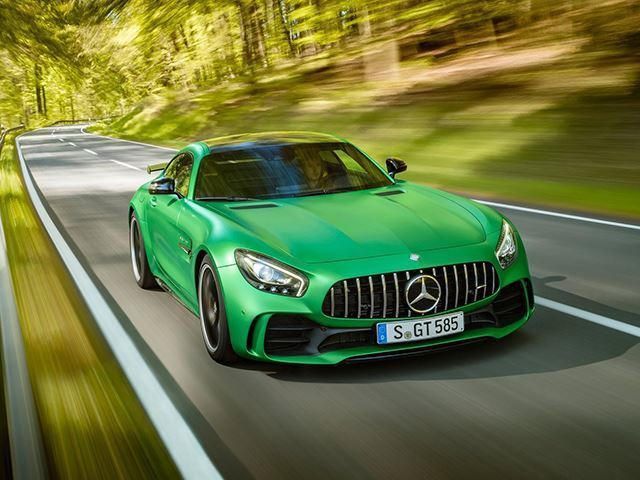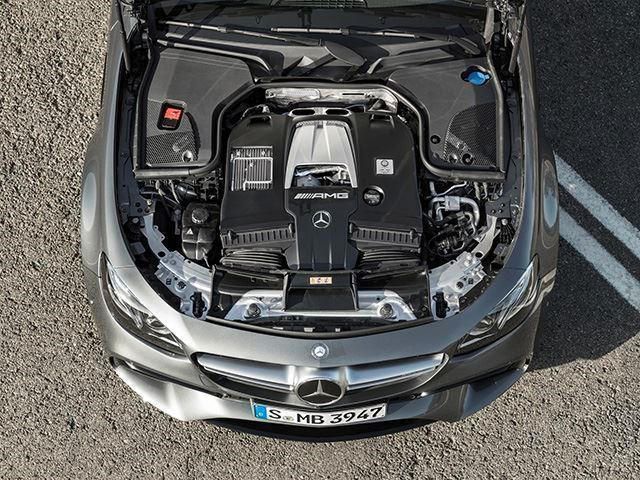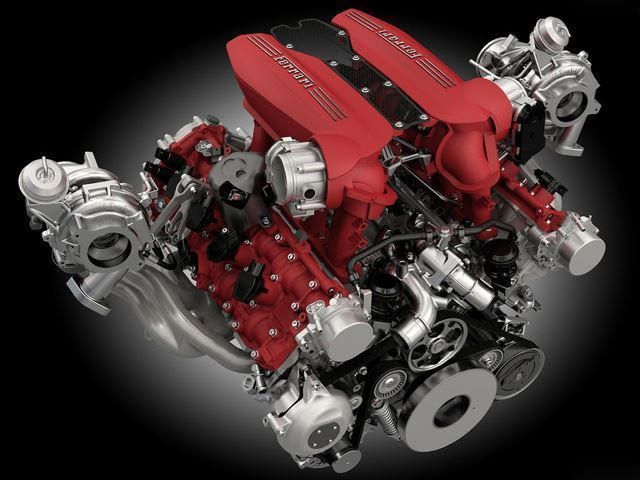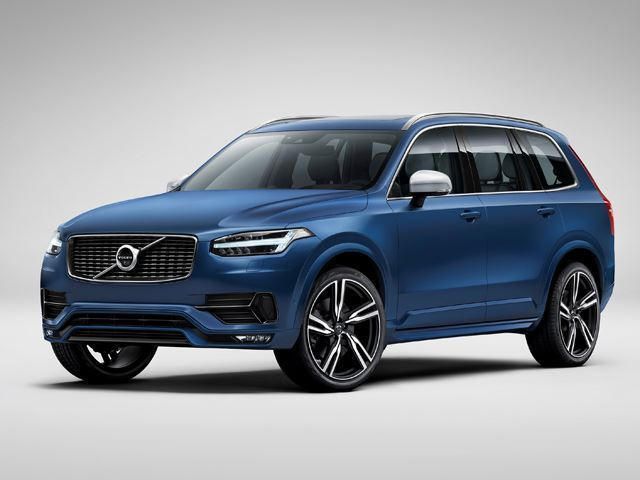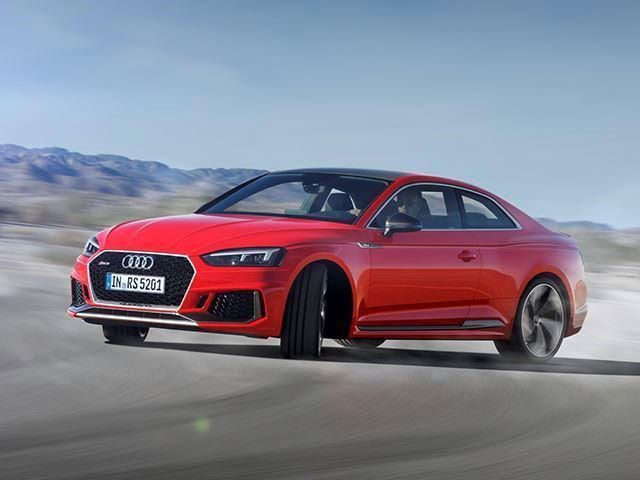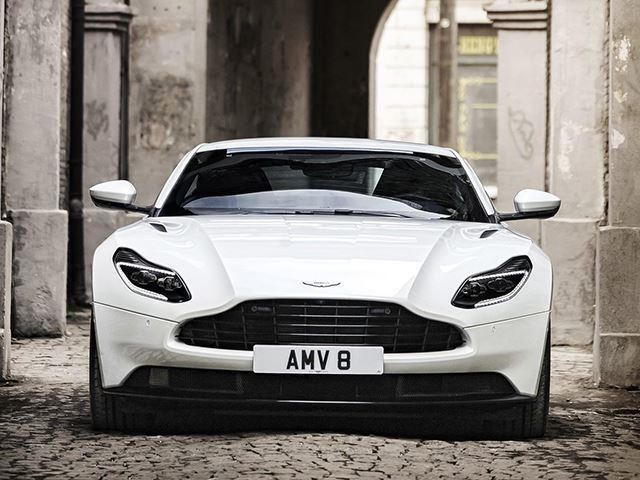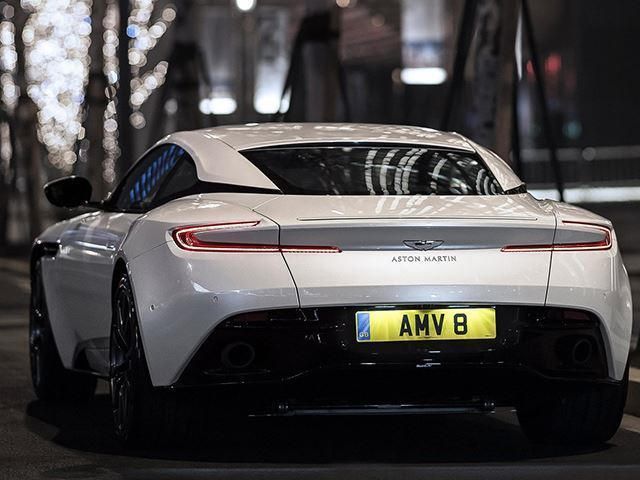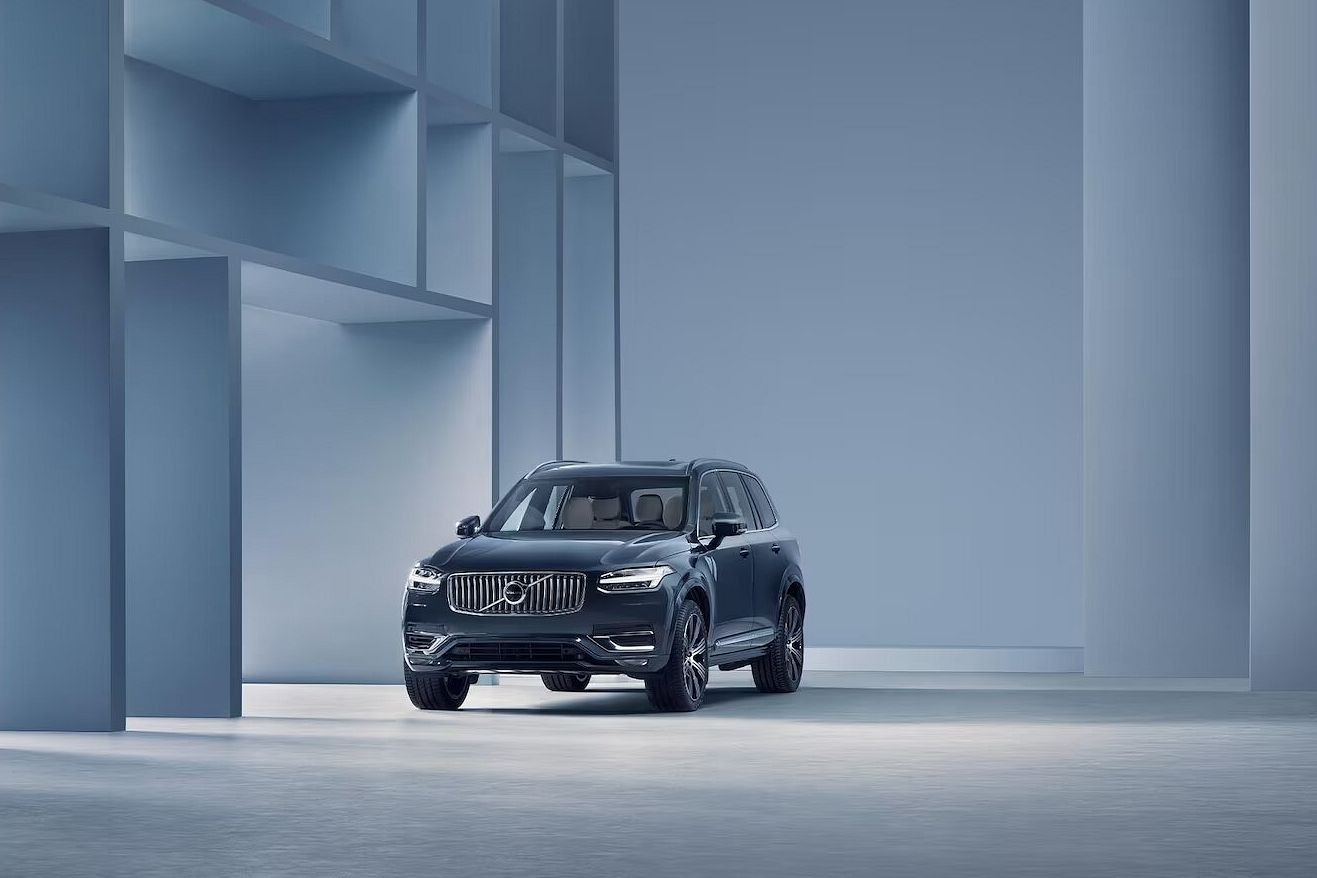
The engine downsizing trend has taken away many of the screaming V8 and V12 units we have come to love, and replaced them with muted turbocharged engines that just don't sound special enough. And the downsizing trend doesn't look like it's about to stop anytime soon. To cheer us up, we took a look at some of the best cars on sale today that have smaller engines than their predecessors in order to show that engine downsizing can have some remarkable results.
When we first heard that Mercedes would drop its 6.2-liter V8 from its AMG cars, we were outraged. That is until we first heard the amazing 4.0-liter twin-turbo replacement. This engine is known as the M176, and is full of interesting technology such as a Hot-V configuration. This means that the turbochargers are nestled in-between the V of the engine for decreased turbo lag. The most notable feature of this engine is its ability to sound as good as any naturally-aspirated V8. More than any other engine on this list, the M176 may actually sound better than the engine it replaced. AMG is now putting this engine in everything from the C-Class, up to its GT R flagship.
Unlike the Mercedes, the Ferrari 488 does not sound better than the car it replaced. The 458 may sound better than the 488, but that is where its advantages end. The 3.9-liter twin-turbo V8 in the 488 produces 669 hp and 560 lb-ft of torque. Even the track-focused Special version of the 458 was only able to muster 597 hp and 398 lb-ft of torque. We know that this engine has even more to give, and perhaps the upcoming track-focused version of the 488 will give us more reasons to love this turbocharged V8.
The entire purpose of engine downsizing is to create the same level of power that people expect from a larger engine, while achieving better fuel economy. Volvo decided to take downsizing to the next level with an engine that blows away all previous generation models. We saw Volvo's new 2.0-liter twin-charged engine debut on the 2014 XC90. This engine is available in several states of tune ranging from 300 hp to over 400 hp. Volvo's old 3.2-liter inline-six only produced 240 hp and could only achieve up to 23 mpg in the old XC90. Thanks to hybridization, the 400 hp T8 variant of the XC90 can now get 28 mpg, while producing much more power than the old V6.
The Audi RS5 was known for its high-revving 4.2-liter V8. This is the same engine that Audi used in the R8 supercar. For the next generation, Audi decided to replace this engine with a 2.9-liter twin-turbo V6 engine that was co-developed with Porsche. This V6 develops the same amount of power as the old V8 (450 hp), but also produces 125 lb-ft more torque (442 lb-ft). This engine may not sound the same as the old V8, but it is distinctive in its own way. Being co-developed by Porsche definitely gives this engine some pedigree, which is important in this segment.
The Aston Martin DB11 has the distinction of not one, but two downsized engines. The DB11 is now available with an all-new 5.2-liter twin-turbo V12, as well as the 4.0-liter twin-turbo V8 from Mercedes. The V12 engine produces 600 hp, and the V8 car produces 503 hp. Aston Martin has tuned the AMG V8 so that its sound is unique to the DB11. Both of these engines are improvements over the dated 6.0-liter V12 that Aston Martin had been using since its Ford ownership days. These new engines should make Aston Martin cars much more competitive in performance testing.

